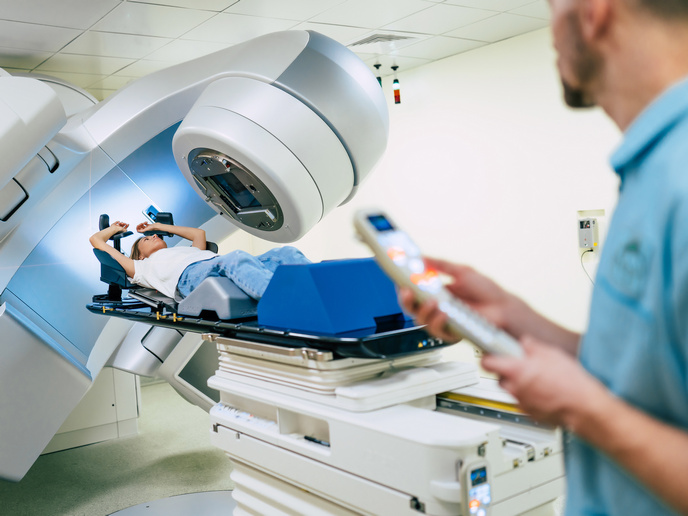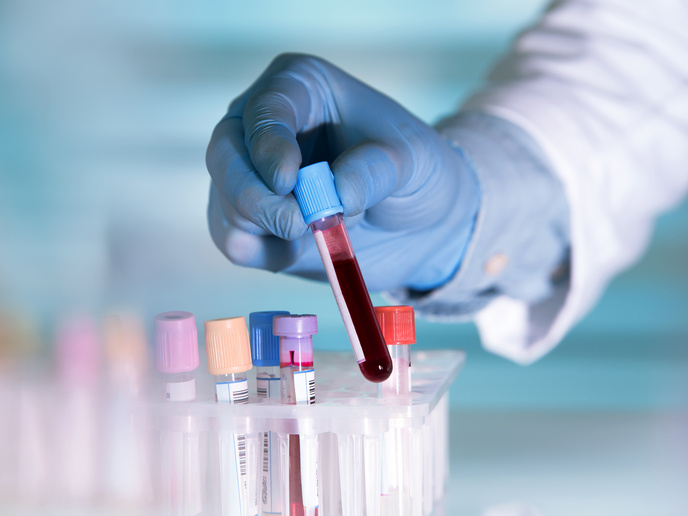Software homes in on cancer for targeted therapies
Every year, almost 4 million people in the EU are diagnosed with cancer(opens in new window). Targeted therapies are an increasingly popular treatment option for these patients. These novel drugs are tailored to the unique genetic profile of the tumour. “They are very expensive treatments and depend on accurate characterisation of the patient’s tumour,” explains RASMAC project coordinator Ivaylo Stoimenov. “Each tumour is unique, which then presents a unique opportunity to treat the patient.” Oncodia(opens in new window), which hosted the project, aims to provide oncologists with accurate information about the tumour’s genetic makeup within minutes. “We provide a solution that is faster and more accurate than those on the market and we eliminate false positive results which can lead to mistreatment,” he says. Improving the accuracy and precision of the diagnostic process helps oncologists to prescribe the right therapy to the right patient, saving time, money and lives. Stoimenov estimates that 1 in 10 patients is not provided with the most appropriate treatment, due to sub-optimal tumour characterisation. The reason for this is that most clinics are still generating genetic profiles of tumours using analysis software adapted from other applications. “7 or 8 years ago, software for the analysis of next-generation sequencing data from population genetics came to the cancer field. Projects like 1000 Genomes(opens in new window) led the way. They involved the analysis of variations in human genomes,” notes Stoimenov, who has a background in molecular genetics at Uppsala University in Sweden(opens in new window). “These tools had been forcefully adapted to the issue of cancer which frustrated my colleagues and I. We thought, ‘Let’s do something about it, let’s build these tools with cancer genetics in mind’.” New statistical modelling techniques designed for pattern recognition in large datasets, along with in-depth knowledge of the new chemistries used in sequencing and the artefacts they can create, inspired Stoimenov and his colleagues to launch Oncodia. The team set up the company in 2018 to build tumour genetic analysis software from scratch. “Nobody takes responsibility for clinical certification of academic software. You need private money, commercialisation and investors to push from academia to the clinic,” observes Stoimenov. Oncodia also made the deliberate decision to avoid using public software libraries and black-box solutions such as machine learning tools. “Our approach is completely deterministic,” he adds, pointing out that AI solutions are difficult for clinical regulators to verify. Support from the EU allowed Oncodia to investigate the relevant markets for their genetic analysis software. “Funding enabled us to push forward with calibrating and benchmarking the system and identifying possible competitors,” he explains. “Mapping the business landscape is important for a young company. We’re trying to refine the strategy to approach the market in one or two years,” says Stoimenov. “And of course we would like to have sales, to see how we can satisfy needs of clinical customers and expand the initial sales through a distribution network.” But first, Oncodia is working to secure validation for the software, the first step to it being used in cancer diagnostic labs. “We are trying to establish the process for clinical trials at diagnostic centres throughout Europe, that is what’s driving the company right now,” concludes Stoimenov. “We’re trying to make sure we treat as many patients as possible in the right way.”







